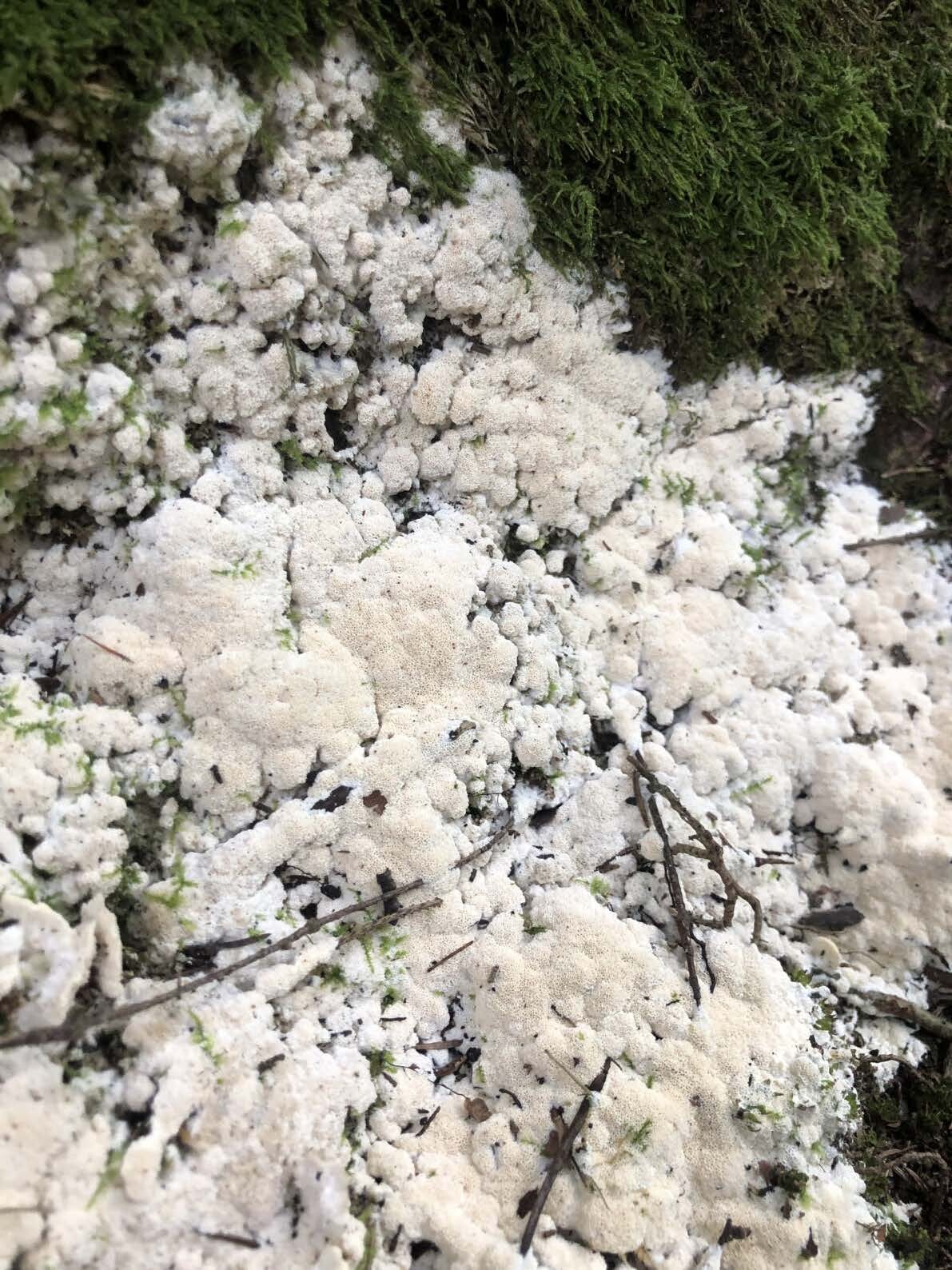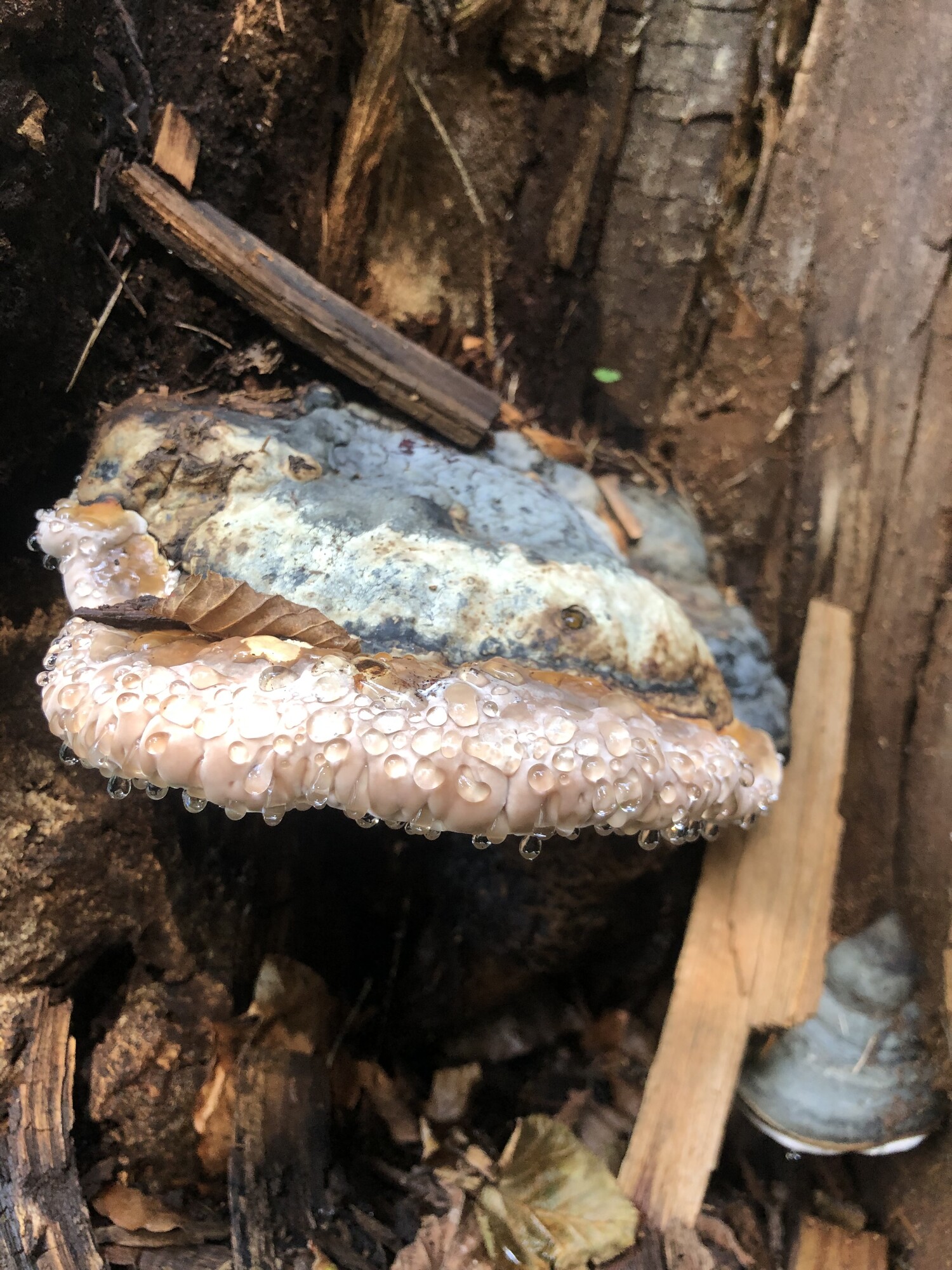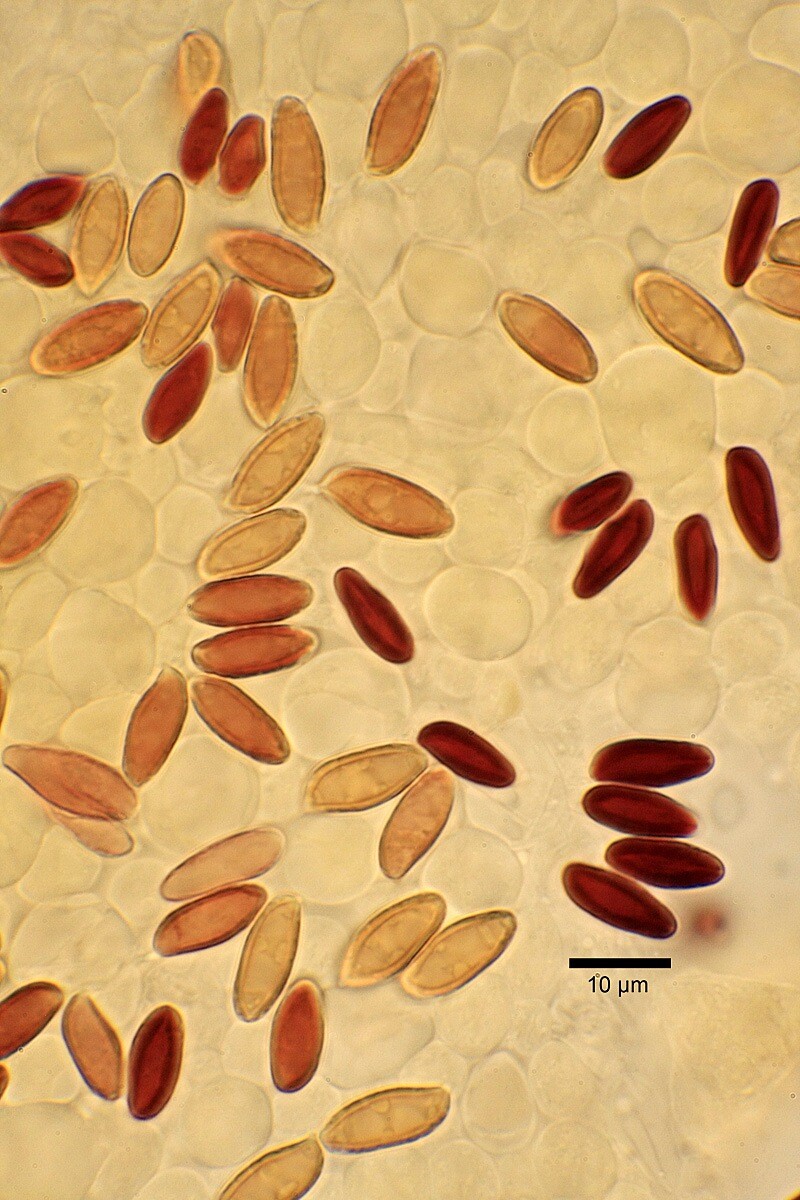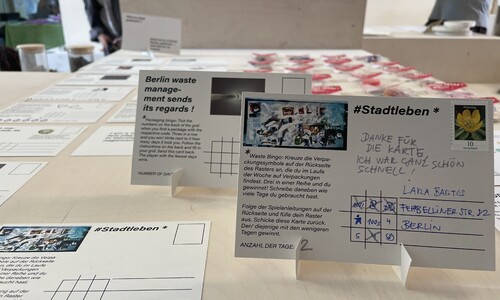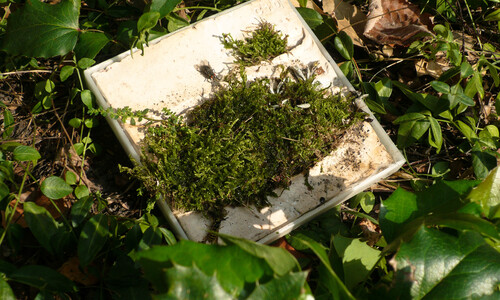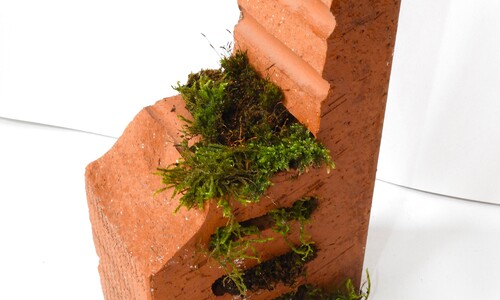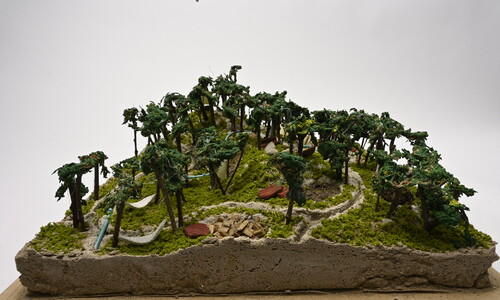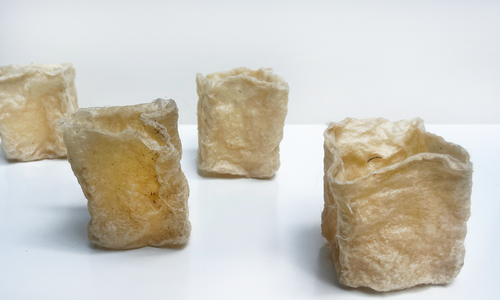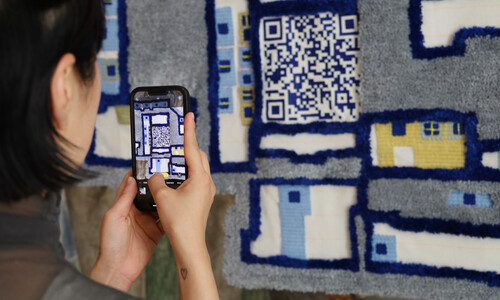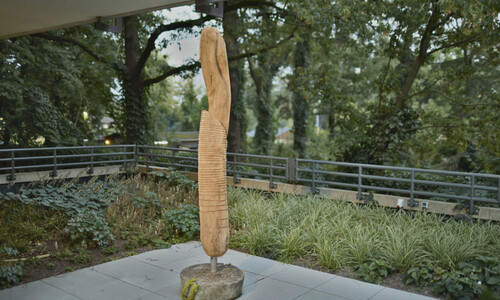The sculptures connect several ecosystems. They are home to insects, fungi and moss. In this way, they bring life to biologically impoverished areas, e.g. overcultivated areas or urban spaces. It is art, but for nature.
The objects set up in the outdoor space undergo a permanent process of transformation - processed tree trunks colonized by a local species of fungus. As a result, a habitat for a wide variety of organisms forms on them, while the wood underneath gradually decomposes into humus. All the players involved
communicate with each other, both internally and externally. The mycelium, which functions similarly to our nervous system, turns the trunks into living and communicating sculptures that are simultaneously exposed to the effects of weather and other environmental influences. They are threshold beings that connect material and experiential levels.
